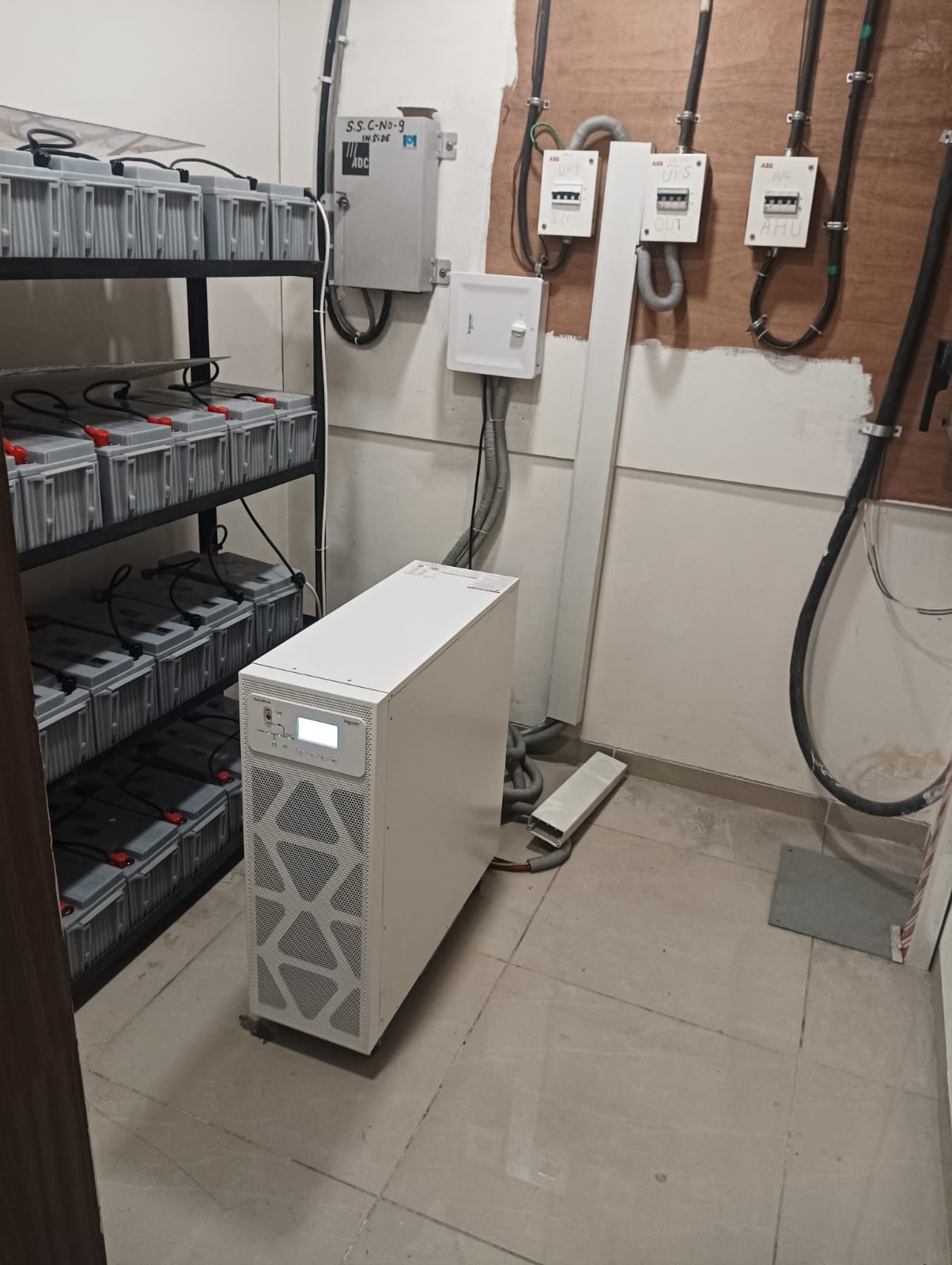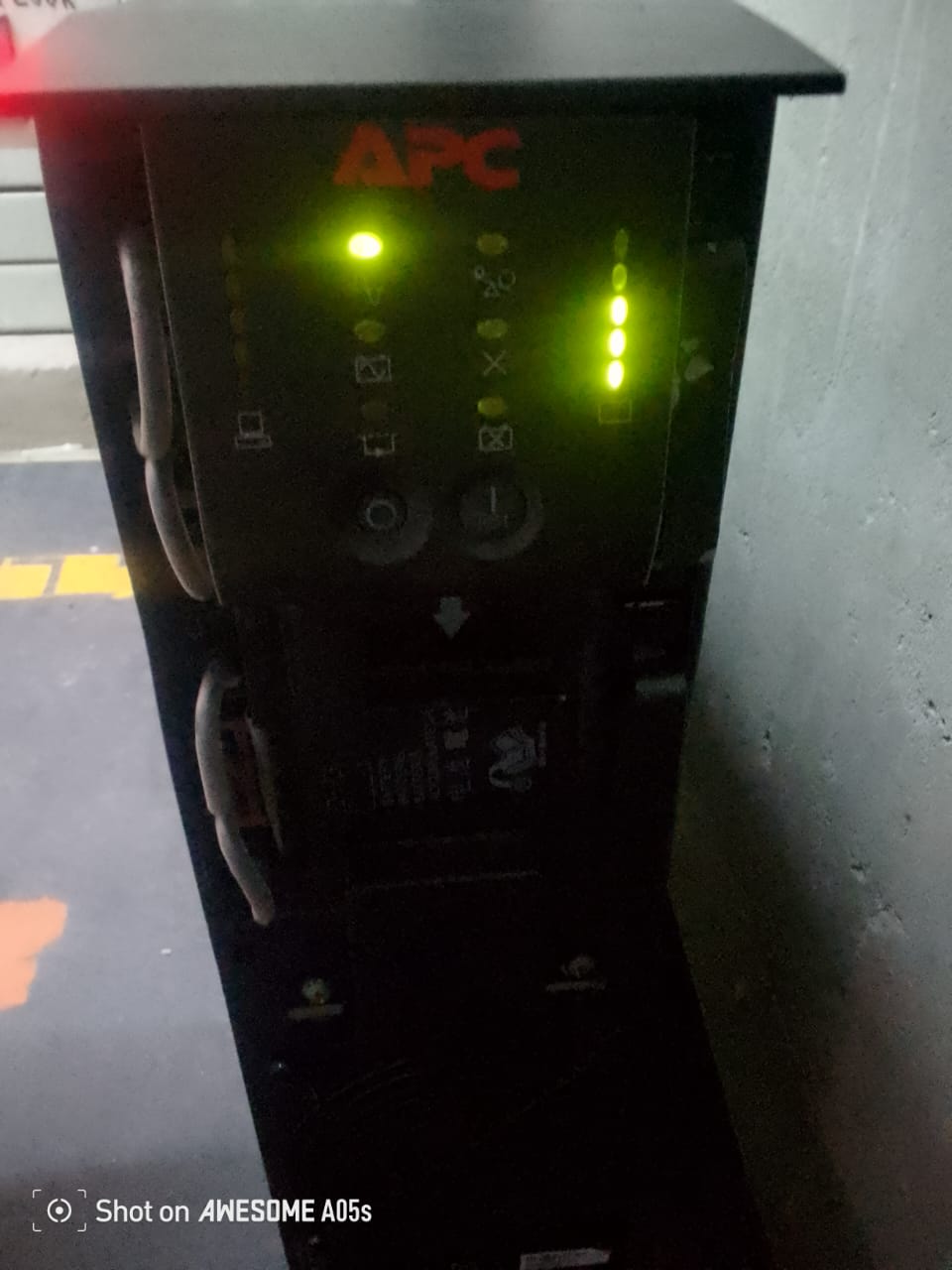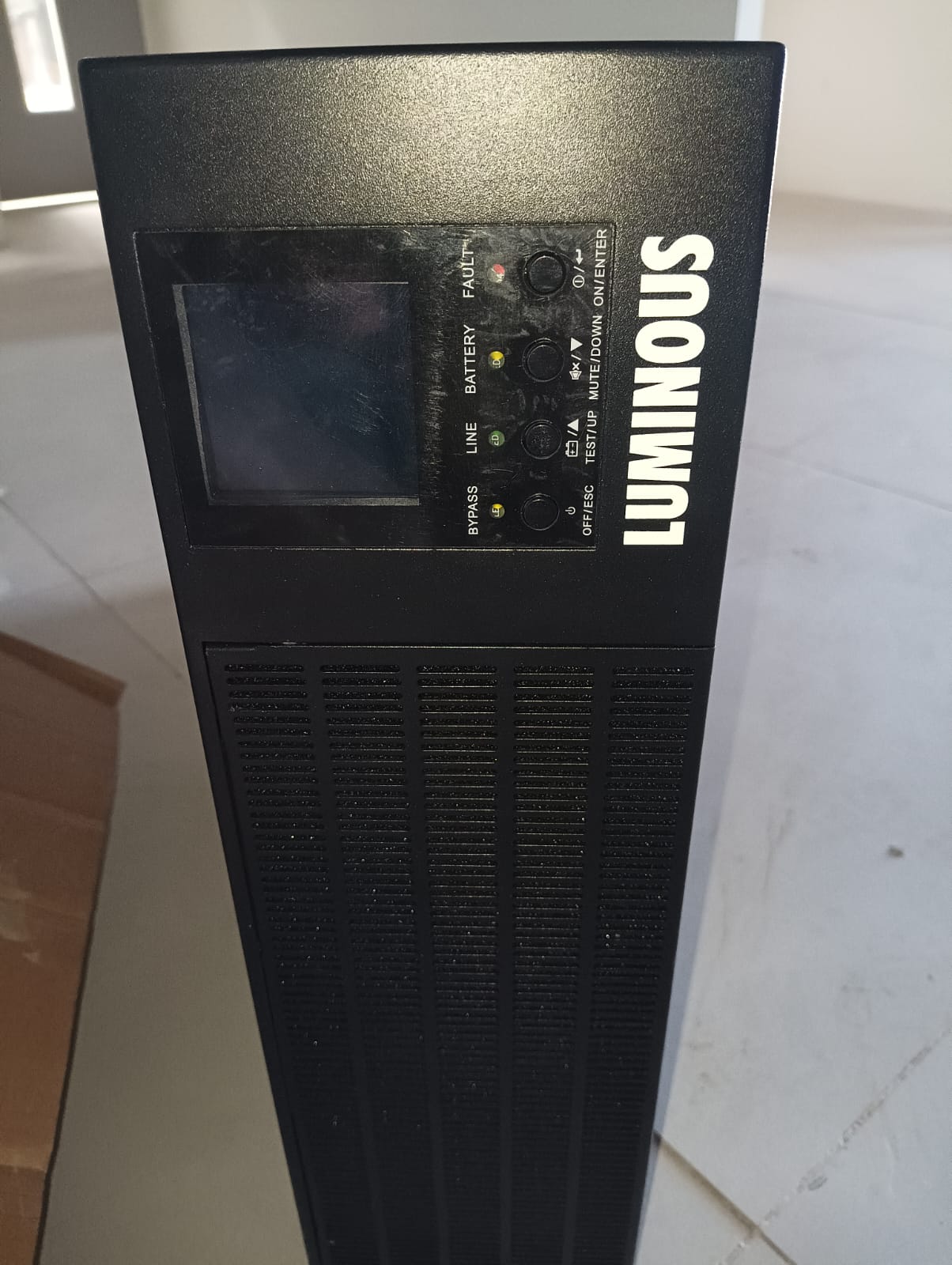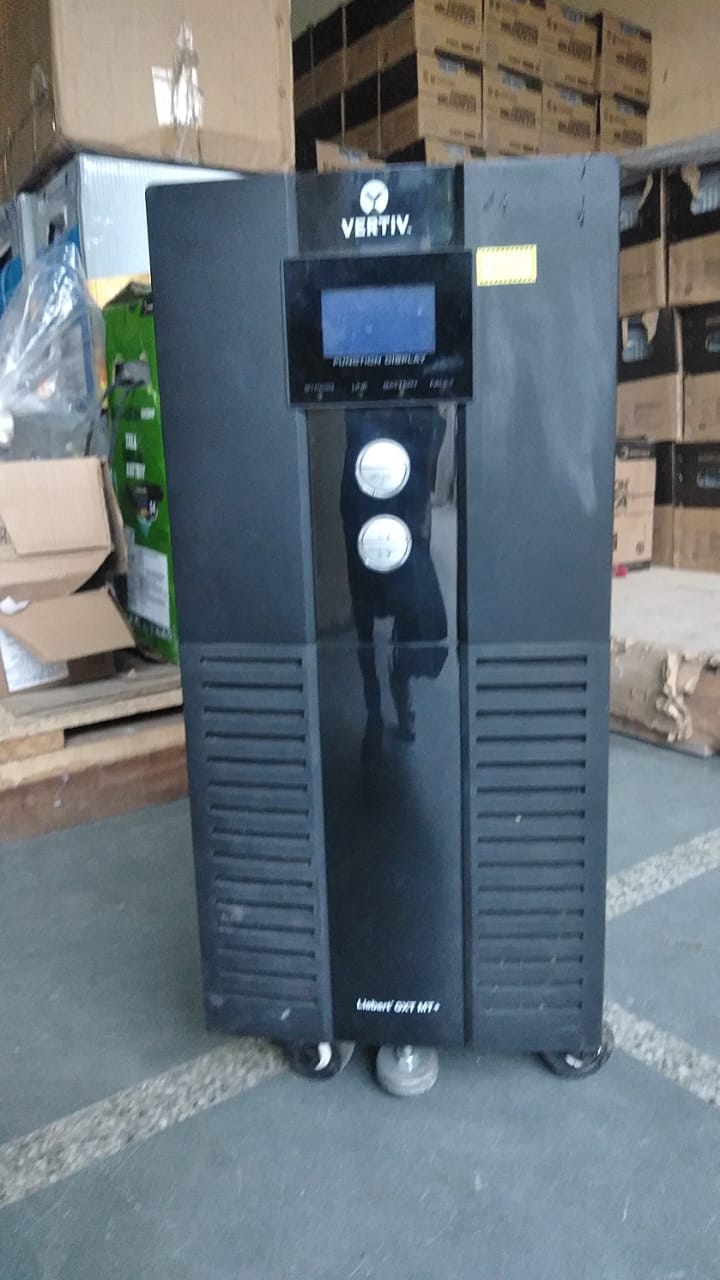APC offers a range of UPS (Uninterruptible Power Supply) systems, with the Smart-UPS series being particularly popular for providing reliable power protection. Here are some key specifications and details about the APC Smart-UPS models: General Specifications: Types: Line Interactive and On-Line models - Input Voltage: Typically 120V or 230V depending on the model Output Voltage: Pure sine wave output for compatibility with sensitive equipment Form Factor: Available in tower and rack-mount configurations Key Models: 1. APC Smart-UPS C Series: Ideal For: Small and medium businesses Features: Pure sine wave output LCD status display for real-time monitoring Multiple status indicators with load and battery bar graphs Configurable for tower or rack installation Models: SMC1000: 1000VA/670W SMC1500: 1500VA/1000W 2. APC Smart-UPS SMT Series: Features: Multi-function LCD screen DB-9, RS-232, Smart-Slot, and USB interface ports Extended runtime options with additional battery packs Models: SMT750: 750VA/500W SMT1000: 1000VA/670W SMT1500: 1500VA/1000W SMT2200: 2200VA/1980W 3. APC Smart-UPS SMX Series: Features: Similar to SMT series but with scalable runtime Extended run internal batteries Models: SMX750: 750VA/600W SMX1000: 1000VA/800W Key Features Across Models: Pure Sine Wave Output: Ensures compatibility with active PFC servers and sensitive electronics. LCD Display: Provides essential UPS status information at a glance. Multiple Output Receptacles: Varies by model, typically includes multiple 5-15R and 5-20R outlets. SmartConnect: Some models offer cloud monitoring capabilities for remote management. Applications: Data Centers: Protects critical servers and networking equipment. Telecommunications: Ensures reliable power for communication systems. Industrial Applications: Supports machinery and equipment during power interruptions. Advantages: Reliable Power Protection: Safeguards against power disturbances and outages. User -Friendly Management: Easy to monitor and manage through LCD displays and software. Versatile Installation Options: Suitable for various environments and configurations. APC UPS systems are designed to provide robust power protection and management solutions for a wide range of applications, ensuring that critical systems remain operational during power disruptions.
Send Message







